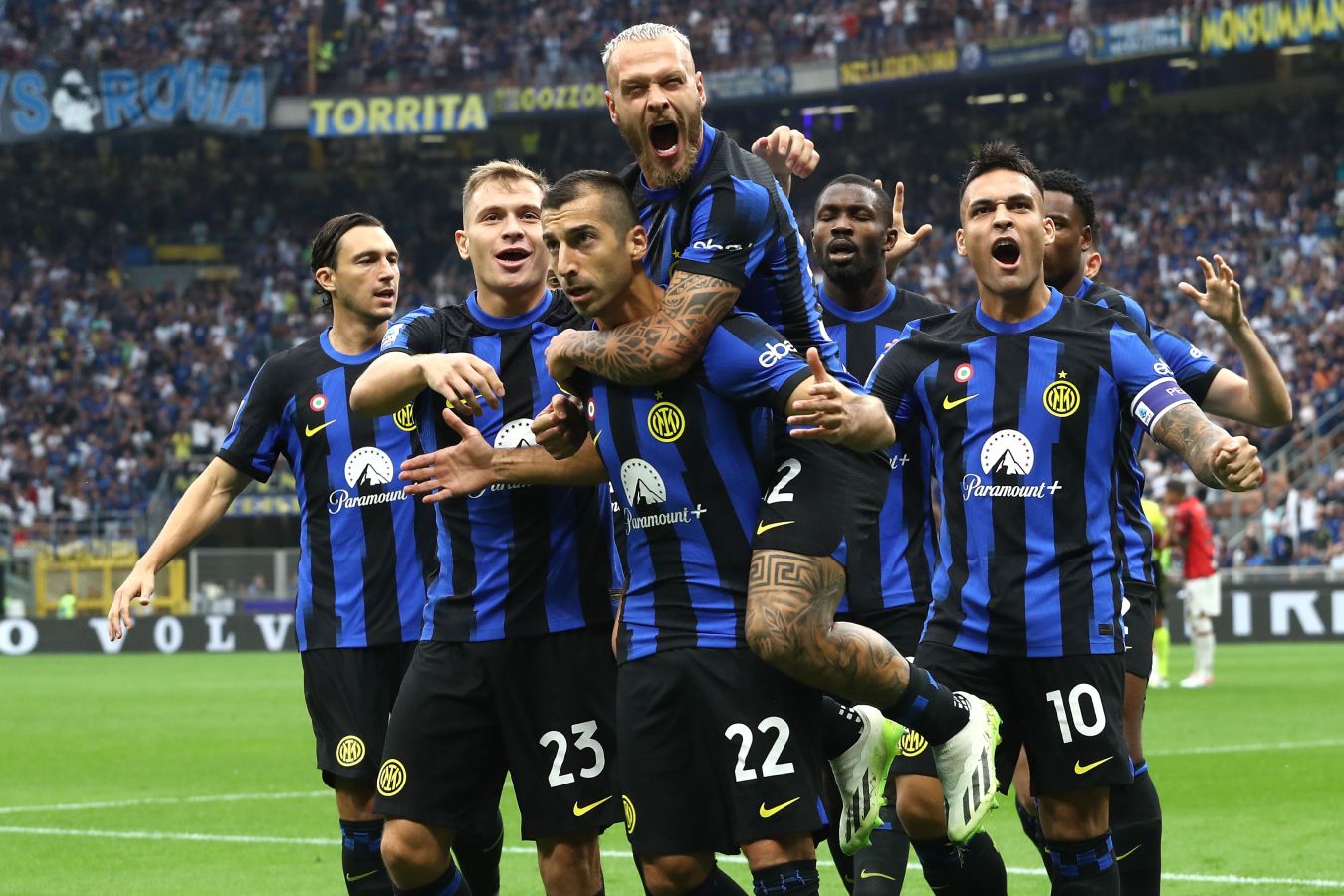As the 2025 summer transfer window creaks open, Italian football`s traditional powerhouses, AC Milan and Inter Milan, are finding the market a surprisingly challenging landscape. Far from securing their desired reinforcements with swift efficiency, both clubs appear to be struggling, highlighting deeper structural issues within Serie A and presenting a stark contrast to the assertive moves of competitors.
The tale of Archie Brown serves as a particularly sharp, if not slightly ironic, illustration of the current predicament. Reportedly destined for Milan one evening, the player`s trajectory shifted dramatically overnight. His final destination? Istanbul, joining José Mourinho at Fenerbahçe, a club that, it seems, presented a more compelling offer. Not Saudi Arabia this time, but Turkey proving capable of outmaneuvering Italian giants. This rapid pivot is perhaps the most telling sign yet of the shifting sands in global football economics and influence.
AC Milan`s Hurdles
The Brown saga is far from an isolated incident for AC Milan. The Rossoneri face difficulties on multiple fronts. Negotiations for young talents like Ardon Jashari reportedly face stubborn resistance over valuations, with clubs like Brugge holding firm. Similarly, efforts to sign talent like Doué have apparently stalled, deemed insufficient by his club. Compounding matters, key players like Theo Hernández have been sold, creating significant gaps that are proving hard to fill. The club`s attempts to offload players to generate funds haven`t materialized smoothly either, with potential exits for Malick Thiaw and Yunus Musah reportedly falling through. To further underline the challenges, midfielder Tijjani Reijnders, a standout performer last season, has departed.
Operating without Champions League revenue naturally impacts Milan`s financial flexibility. While players like Ricci and Modric are cited as positive potential additions, the squad clearly requires more. The need for wide players, a central striker, and defensive reinforcements remains urgent. The difficulty in reaching agreements, such as the reported disparity in valuation for Parma`s Leoni, suggests that unless Milan acts decisively and perhaps adjusts its approach, the risk of squad stagnation or even reduction in quality is significant.
Inter Milan`s Concerns
Across the city, Inter Milan`s situation, while perhaps appearing slightly more stable on the surface due to some bench reinforcements (Luis Henrique, Sucic, Esposito, Bonny arriving to cover for departures), still harbours significant concerns, particularly regarding the core starting eleven. Questions linger over the age profile of key defenders, the overall physical conditioning of the squad, and the need for tactical evolution to avoid predictability.
The gap to domestic rivals like Napoli appears to have widened, and challenging Europe`s elite seems a distant prospect based on the current outlook. The future of midfielder Hakan Çalhanoğlu remains uncertain, although for now, he appears to be staying, no significant offers having materialized. While bench depth is being addressed, the first-choice midfield, particularly concerning Henrikh Mkhitaryan`s age, is another area requiring consideration. Like Milan, Inter faces difficulties in securing a defensive reinforcement like Leoni, with the valuation gap proving problematic.
Furthermore, the search for a trequartista, a player who could potentially offer a different tactical dimension, has proven challenging. The brief interest in Marco Asensio, for instance, reportedly evaporated quickly, not least because – yes, you guessed it – Fenerbahçe and Mourinho were also reportedly circling. One might be tempted to joke that the score is currently Mourinho 2, Milan clubs 0 on direct transfer duels.
Broader Implications
These transfer market woes for both Milan clubs reflect deeper systemic issues facing Italian football. The financial chasm separating Serie A from the Premier League continues to grow. Italian clubs often lack the stringent financial management seen in Germany or the meticulous long-term technical planning characteristic of Spanish giants. Now, the competitive landscape expands beyond traditional rivals and wealthy petro-states, with clubs in leagues like Turkey demonstrating increased financial muscle and strategic intent, particularly when guided by astute, experienced managers.
The market`s slow pace for Milan and Inter, coupled with difficulties in securing targets early, raises concerns about pre-season preparation. Managers prefer to integrate new players from day one, a luxury that appears increasingly elusive. Both clubs are at a crucial juncture. The coming weeks will determine whether they can navigate these challenges effectively or if they risk falling further behind their domestic and European counterparts.

